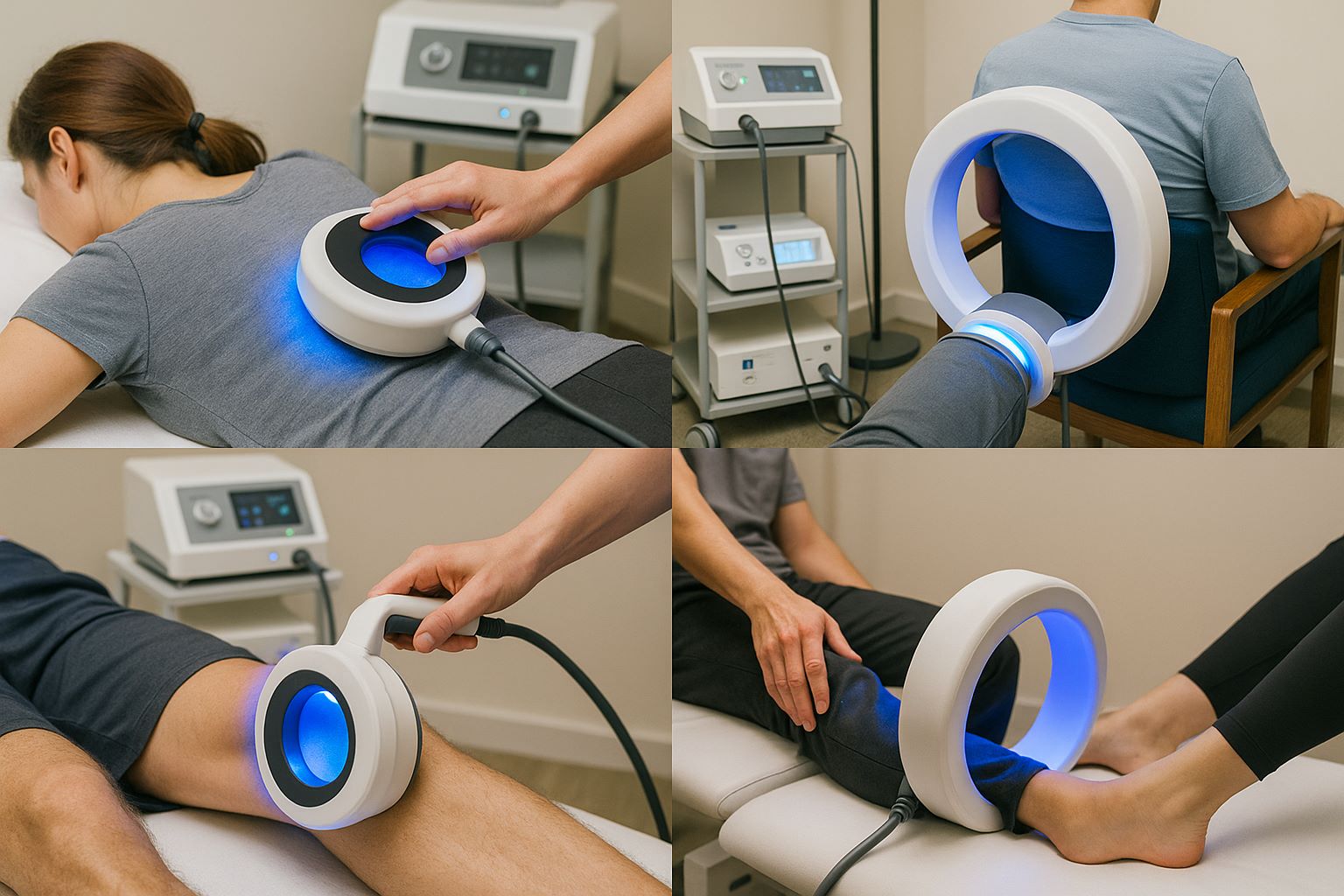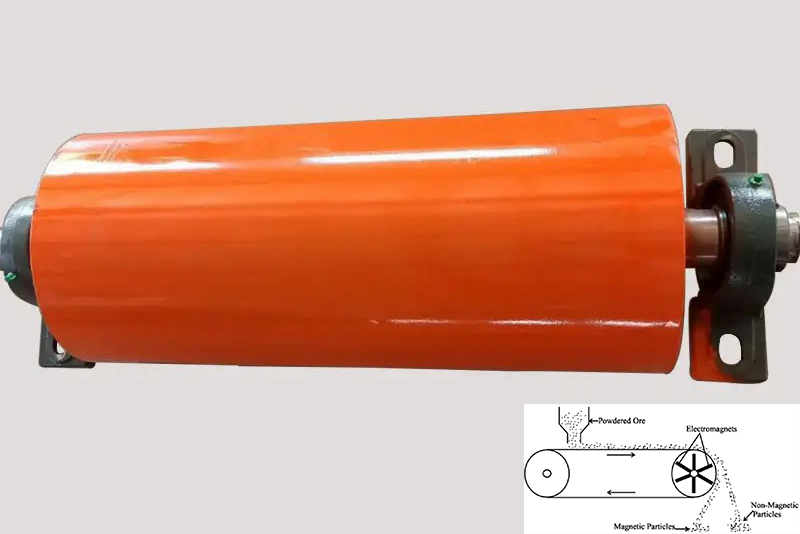What Magnets are Used in Everyday Life
Introduction
Magnets play a vital role in modern life, appearing in countless everyday items and technologies. From the simple fridge magnets that hold up photos to the powerful magnets inside medical imaging machines, their uses are diverse and indispensable. Let’s explore where magnets are found and how they impact our lives.
Magnets in the Home
Though they may go unnoticed, magnets are everywhere in our homes, serving practical and decorative purposes:

- Fridge Magnets: These are perhaps the most common household magnets, used to hold notes, photos, or lists on the refrigerator. Additionally, some refrigerators use magnetic seals to keep their doors closed tightly.
- Speaker Magnets: Found in televisions, sound systems, headphones, and smart speakers, these magnets produce sound by interacting with diaphragms to create vibrations.
- Cabinet Latches: Magnets are used in kitchen and bathroom cabinets to ensure doors stay securely closed.
- Magnetic Toys: Children's toys, such as building sets or puzzle games, often use magnets for interactivity and fun.
- Hard Drive Magnets: Older computer hard drives store data by using magnets to alter the direction of magnetic material.
- Cordless Tools: Magnets are part of the motor systems in drills and screwdrivers and are also used to hold bits in place.
- Magnetic Whiteboards: In home offices, these boards use magnets to attach markers, erasers, or notes, making organization easier.
- Credit Cards: The magnetic stripe on the back of credit and debit cards stores information for transactions.
Further Reading: 9 Uses of Magnets in the House
Magnets in Computers and Electronics
Magnets are integral to many electronic devices, particularly for storing and processing data:
---Hard Drive Magnets: Magnets in hard drives store data by changing the direction of magnetic material in segments. These segments represent data that can later be read by the computer. Although newer solid-state drives are becoming popular, magnetic hard drives remain widely used.
--Speaker Magnets: Small speakers in computers, radios, and televisions convert electronic signals into sound using a combination of magnets and wire coils.
These applications highlight how magnets enable compact and reliable designs in electronic devices.
Further reading: 6 Uses of Permanent Magnets In Everyday Life
Magnets in Power and Industry
Magnets play a significant role in various industrial applications, ensuring efficiency and innovation:
- Generators and Motors: Magnets in electric generators convert mechanical energy into electricity. Similarly, motors use magnets to transform electricity back into mechanical energy, powering countless devices.
- Recycling: Electromagnets on cranes lift and move heavy metal objects, including scrap materials in recycling centers.
- Food Processing: Magnets are used to remove small metal fragments from grains, flour, and other food products, ensuring safety and quality.
- Mining: Magnets help separate useful metallic ores from crushed rock, improving extraction processes.
These industrial applications underscore the versatility of magnets in improving processes and safety standards.
Magnets in Health and Medicine
Magnets have transformed the medical field with their unique properties:

- MRI Machines: Magnetic Resonance Imaging (MRI) machines use powerful magnets to generate detailed images of bones, organs, and tissues. These magnets are thousands of times stronger than household magnets, providing unmatched diagnostic capabilities.
- Cancer Treatment: Magnets are used in targeted therapies where magnetically sensitive fluids are injected into cancerous areas. The magnets generate heat, which kills cancer cells without harming surrounding tissues.
The medical uses of magnets continue to expand, improving healthcare outcomes and enabling advanced treatments.
Magnets in Navigation and History
Magnets have been used for navigation for centuries:
- Compasses: Early navigators used lodestone, a naturally occurring magnetic material, to create the first compasses. These devices aligned with Earth’s magnetic field to point north, aiding explorers in their journeys.
- Modern Compasses: Today, stronger and more precise magnets, such as neodymium magnets, are used in navigation tools, improving their accuracy and reliability.
The evolution of magnets from simple lodestones to advanced materials highlights their growing importance in navigation.
Magnets in Robotics and Innovation
Advances in magnetic technology have driven innovations in robotics and beyond:

- Robotics: Magnets are essential for electronic components, enabling robots to function more efficiently. They also help improve mobility and compactness in robotic designs.
- Drones: Foldable drones often rely on magnetic components for structural integrity and flexibility.
- Magnetic Nanotechnologies: Innovations like Google X have developed new uses for magnets, showcasing their potential in cutting-edge technologies.
These breakthroughs demonstrate the adaptability of magnets in modern innovations.
Conclusion
The uses of magnets in everyday life extend far beyond what many might expect. From fridge magnets holding up shopping lists to speaker magnets delivering sound and hard drive magnets storing critical data, magnets are everywhere. They are integral to household devices, electronic gadgets, industrial machines, medical equipment, and even groundbreaking technologies in robotics. Their versatility and utility ensure they remain a cornerstone of modern life, with their potential uses only continuing to grow. For more magnetic applications, please check Stanford Magnets.















